It is no joke that the barking of a dog is person-specific. Their bark depends on whether they are greeting their owners or responding to other dogs, or they are reacting to intruders! Dogs produce different barks in various contexts.
Many researchers, such as Dr. Sofia Yin, have found that dogs bark with harsher tones to strangers. On the other hand, isolation or play barks are high-pitched, as noted by Newsweek.
More fascinating is the fact that dogs can discriminate barks from different situations, as per ResearchGate. This was deduced from various experiments using heart-monitoring and playback studies.
Unlike feral dogs, domestic dogs bark in ways that help them communicate with dog owners and people. Against this scientific backdrop, let us look at these dog breeds with the ability to adjust their bark conveniently!
Dog Breeds That Bark Differently for Different People
1. Beagle

Beagles have the most distinctive barks, called the hunting bay. It is a melodious, yodel-like bark designed to carry across fields. It was for human trackers so they can follow even when the dog is out of sight!
These scent-hounds don’t just bark arbitrarily. They always have a good enough reason. For example, they let out a “strike bark” when their prey is found!
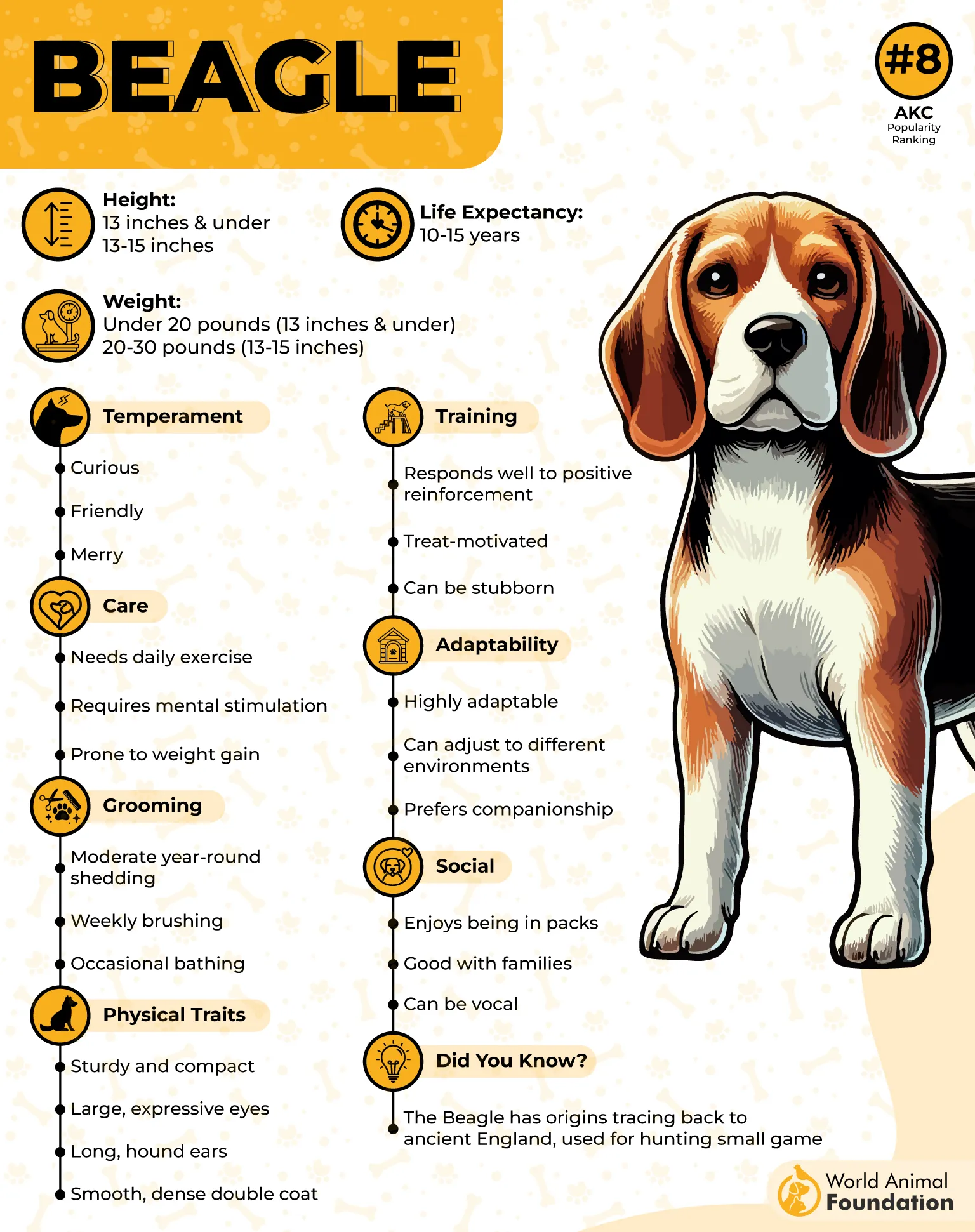
Moreover, Beagles use their voice to communicate with human listeners to seek attention or companionship.
Their vocal repertoire helps warn of the most dangerous animals or strangers. I hope all of your doubts about the emotional state and alertness of a Beagle are cleared!
2. German Shepherd
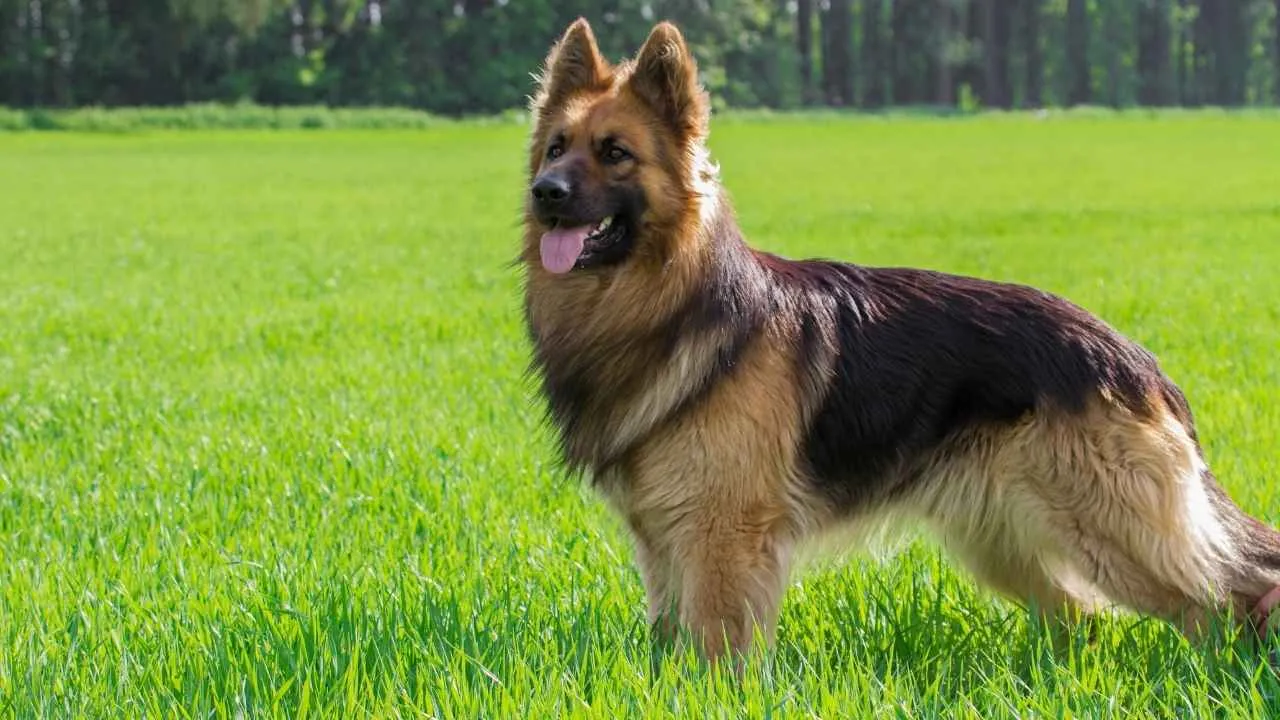
German Shepherds use barks, whines, or howls depending on what situation they are in! They may express anxiety, fear, and boredom in different ways. They might also reinforce their boundaries around other animals.

This is due to their history of guard work and herding livestock. Their barks can change in pitch, duration, and tone according to what they perceive. A lower-pitched warning means they just encountered a stranger.
On the contrary, a high-pitched greeting bark is for their favorite humans. In short, GSDs exhibit species-specific responses based on prey drive, alertness, and threat perception!
3. Golden Retriever

When you hear the word Golden Retriever, you might picture a golden, bright dog jumping or playing fetch around you! And trust us when we tell you: their barking will be the happy kind, around everyone.

These Retrievers have an infectious enthusiasm and often burst into excited vocalizations. This is more likely when they are around their favorite human. Or the barking might stem from pent-up energy if their intelligence or athleticism is not properly channeled.
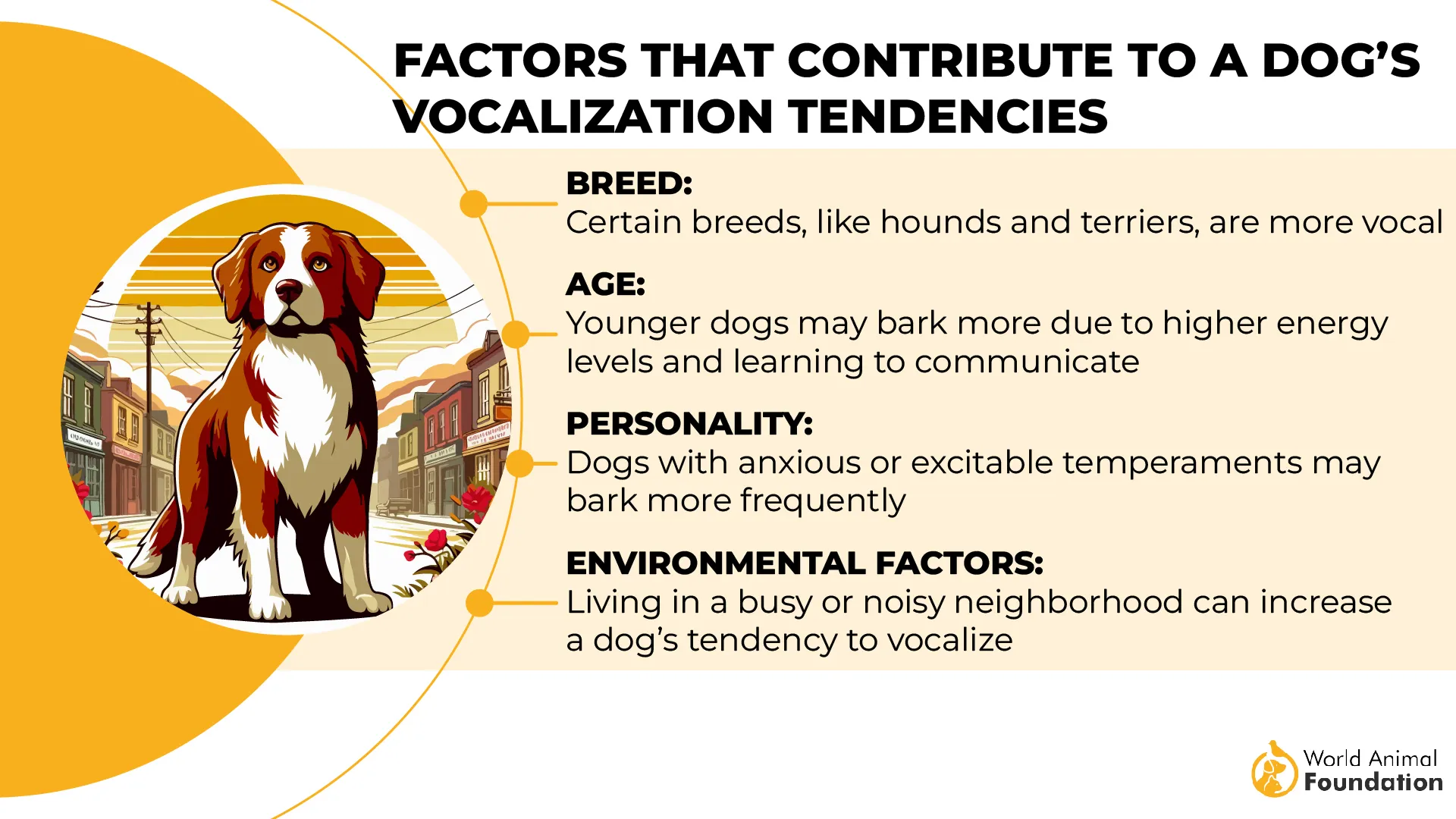
These sounds are typically high-pitched and rapid, signaling their joy. Nonetheless, Golden Retrievers do not incessantly bark no matter what the situation. You can expect extra barking when they are stressed or scared.
4. Siberian Husky
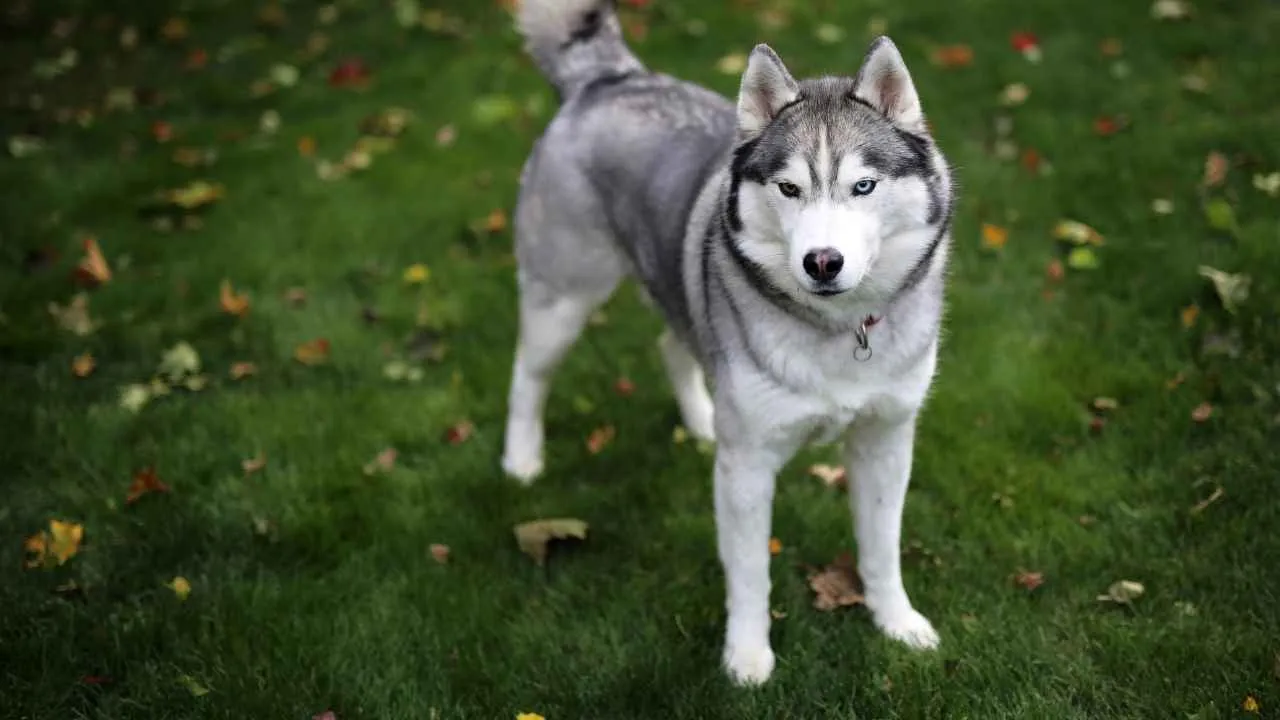
Siberian Huskies stand out for their vocal flair and wolf-like ancestry. They are a living example of how genetics and domestication affect canine behavior. Unlike other breeds, Huskies bark sparingly, like a howl with tonal variations influenced by their lineage.
Other studies show that dogs closely related to wolf genetics react strongly to wolf howls. They might have an inherent sensitivity to these sounds, as per Yahoo.
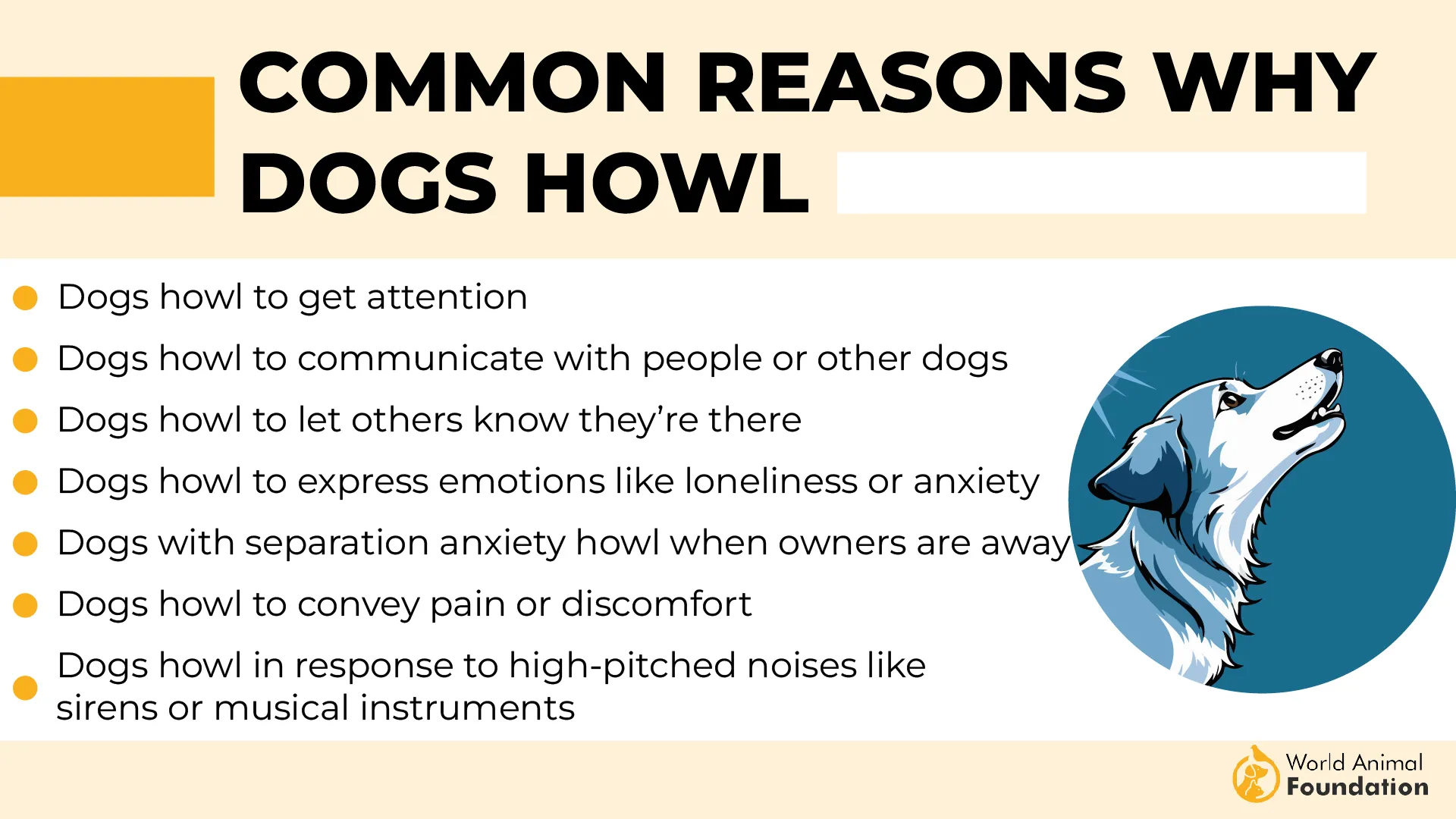
In terms of behavior, a Husky’s pitch and tone can determine the mood. They might be talking to humans, expressing excitement, or reacting to stimuli.
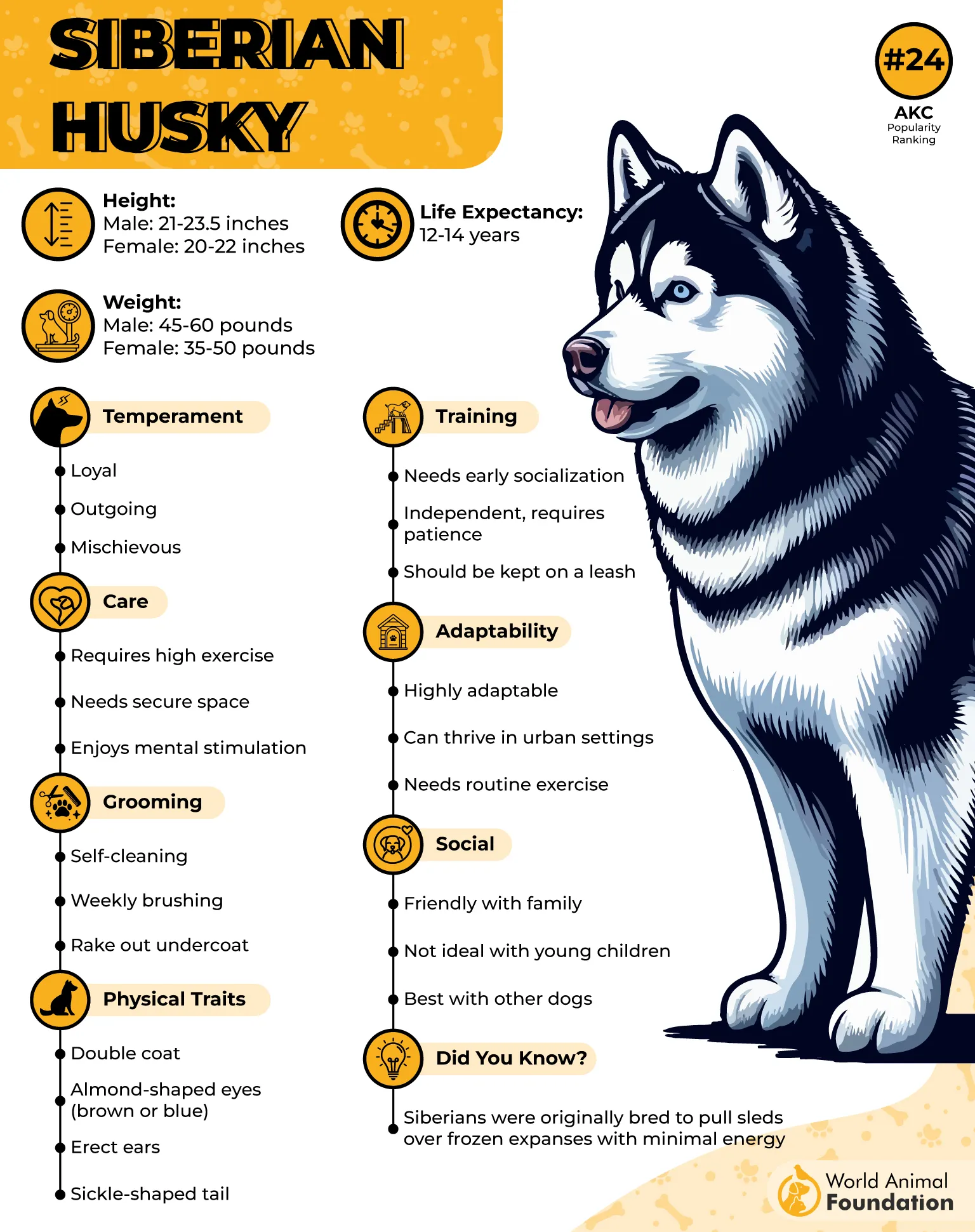
The mix of howl, grunt, whine, and occasional bark demonstrates different things. And many things influence these voices, like genetics, environment, and social needs. All this makes a Siberian Husky uniquely expressive compared to typical barking breeds.
5. Pomeranian
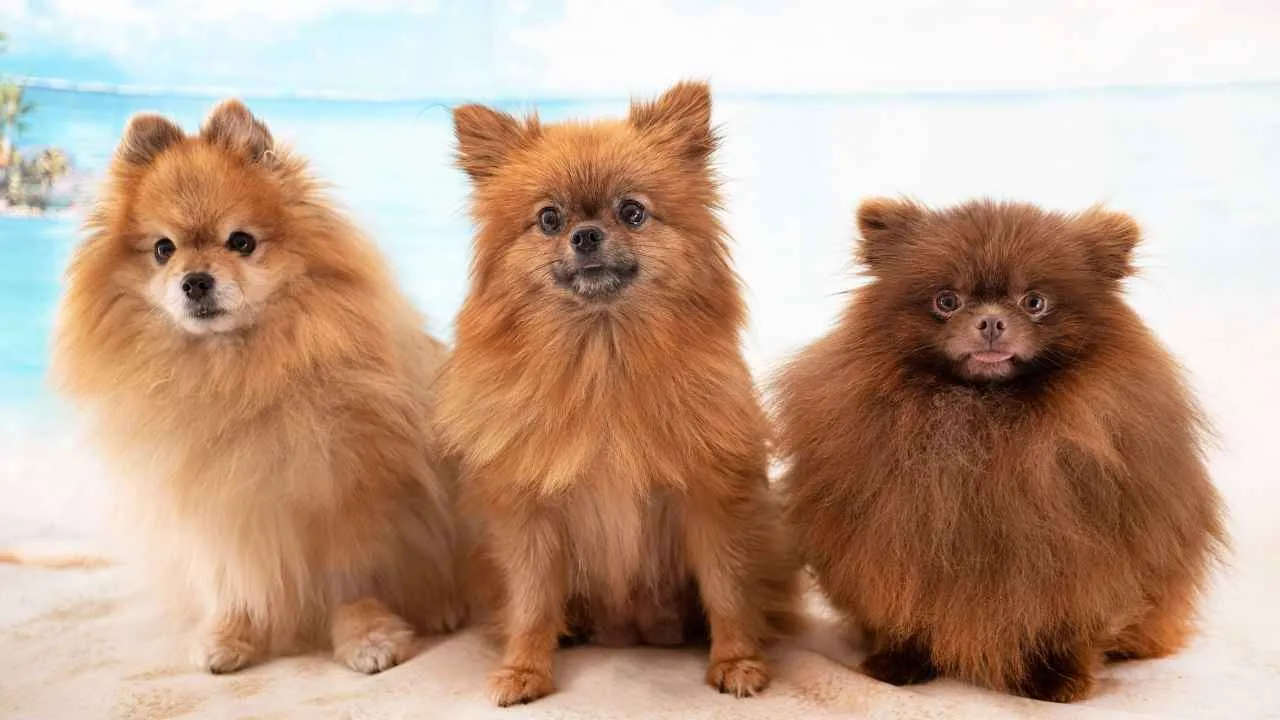
Pomeranians might be small, but their presence looms large, thanks to their vocal side. Of course, they need attention in one way or the other! Each dog develops unique communicative habits. When a dog is barking, it’s not just random noise. There can be a thousand hidden meanings.
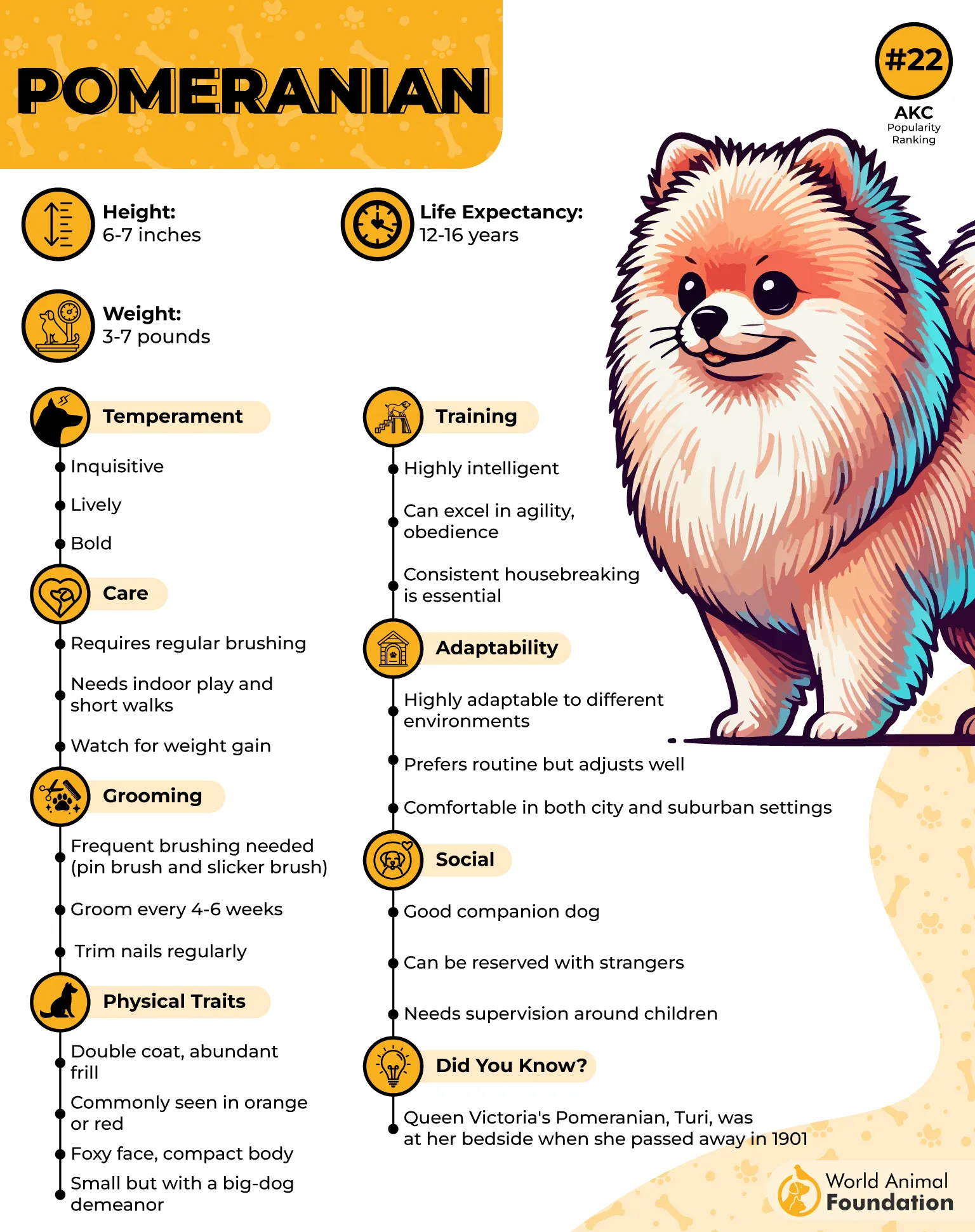
These puppies use high-pitched, rapid barks around their loved ones or to show excitement. While you might hear a deep bark for warning or vigilance. This is how they react to other people and animals!
This vocal behavior reveals nuanced emotions. Like Pomeranians might bark incessantly due to separation anxiety. You just need to be attentive to cater to their needs and resonate with their emotions.
6. Rottweiler

Rottweilers are powerful communicators, with vocal cues rooted in centuries of guarding heritage. Understanding these sounds reveals their emotional and protective instincts.
These dogs communicate through low growling or loud barking to convey context. A sharp, repeated bark might signal danger or an alert about an unfamiliar activity at the house.
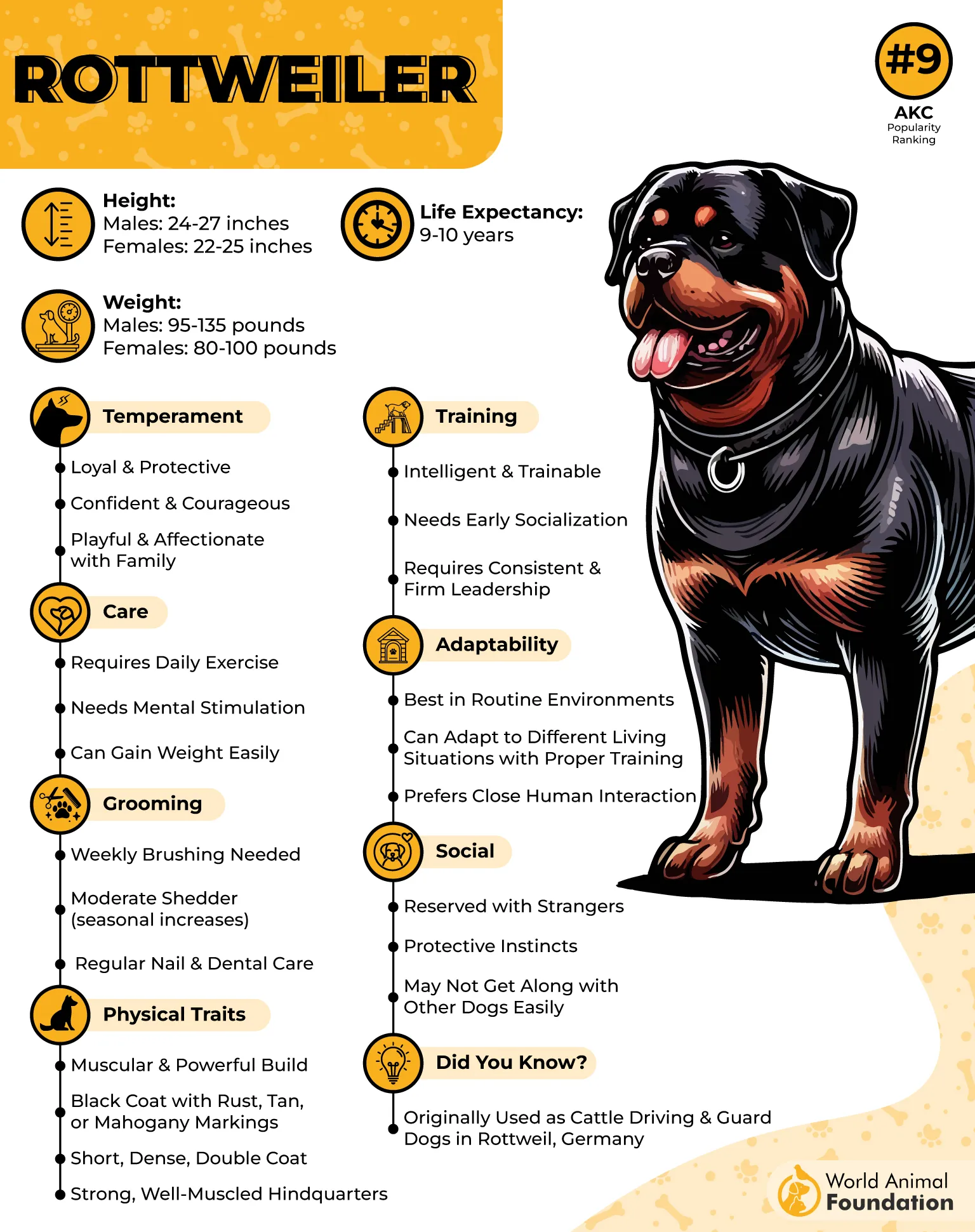
Deeper growls can be used to express pleasure or warn, depending on body language. You just need to realize that the pitch and intensity matter. Then you can easily distinguish protective barks from gentle ones. And you will understand what your yappy dog is trying to say!
7. Dachshund

It has been reported that Daschunds reacted differently to four different animal species. These include wild boar, fox, rabbits, and fowl! These barks were lower in frequency than the others, according to the AKC.
This fascinating vocal discrimination highlights how responses vary according to threat. Dachshunds also react uniquely to different humans.

When around family and loved ones, their barks are moderate. But they bark loudly and can even growl defensively at strangers. Socialization is necessary for this dog, or they might bark at kids, too. With training, they will become calm and affectionate. In short, their vocal behavior is highly tailored to the person!
8. Basset Hound

Basset Hounds used to work in packs, which is why their mode of communication is howls and barks! This bark was specifically designed to alert hunters to rabbit trails in dense terrain, as per Britannica. This is a reflection of their strong sense of territory and scent-tracking ability.
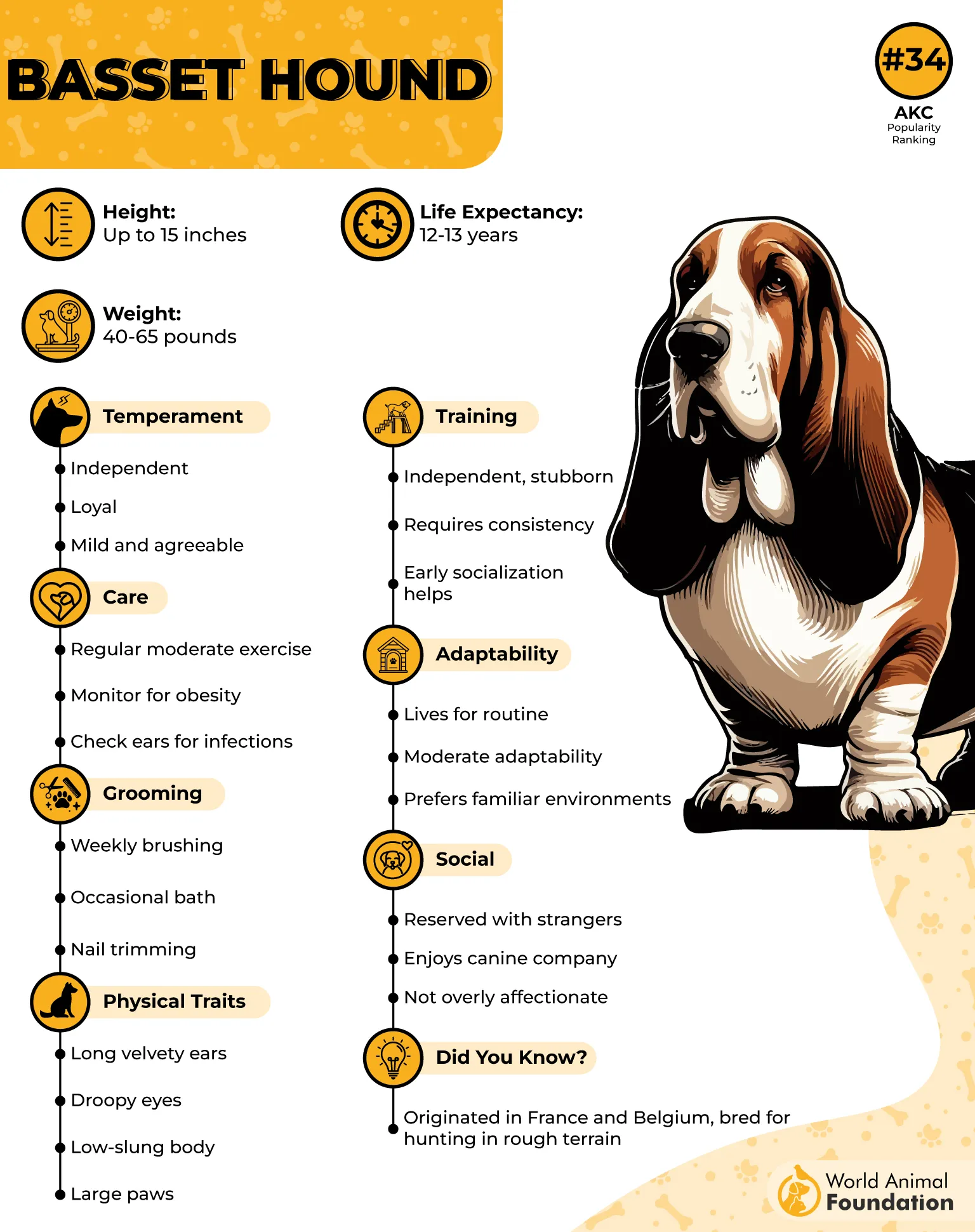
Within families. Bassets greet human friends with welcoming vocalizations. But don’t worry when they cry out or bark loudly. It may be due to different reasons, like pain or other uncomfortable situations.
They will also bark when an intruder enters uninvited. Like thunder before rain, these barks say what words could never!
9. Yorkshire Terrier

The Yorkshire Terrier is a breed that showcases vocal complexity in a toy-sized package. When these dogs bark, their tone and pattern communicate intent, as mentioned by Wikipedia.

For Yorkies, a sharp, high-pitched bark often signals curiosity and excitement. A low-tone barking may assert presence or warn of an attack even though they cannot follow physically. They use barking as a means of communication.
Yorkies learn when their voice should signal concern and when it should stay quiet with proper training and early socialization!
Conclusion
For many dog owners, figuring out the reason for a dog’s bark is no less than a mystery. But once you understand that barking is a form of communication. Whether it’s aimed at strangers or owners, it becomes easier to respond with empathy.
Every bark has a story to tell. Some show excitement, others signal discomfort, and some simply want your attention! Being familiar with your dog’s mood swings with just voice helps foster a strong bond.
So, next time your dog speaks up, pause and listen. It might just be their way of saying “I love you!”


